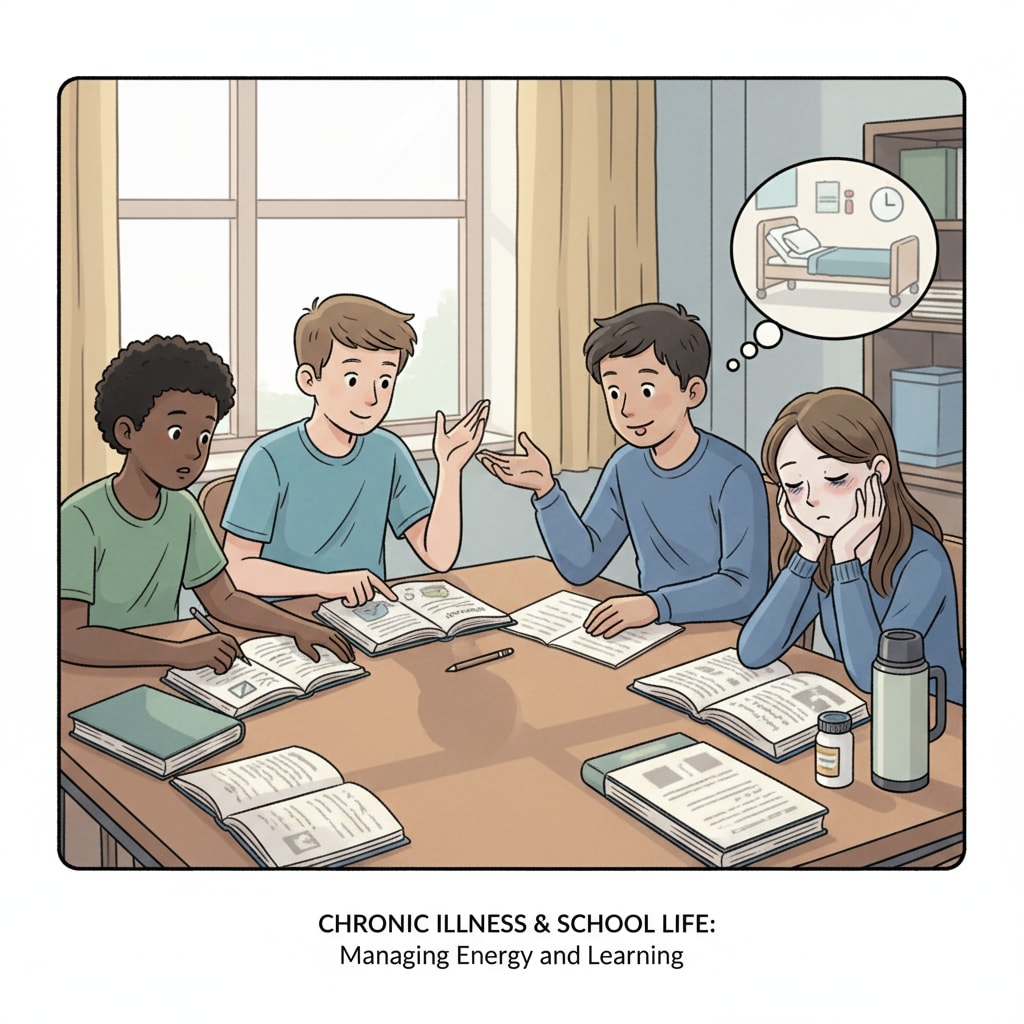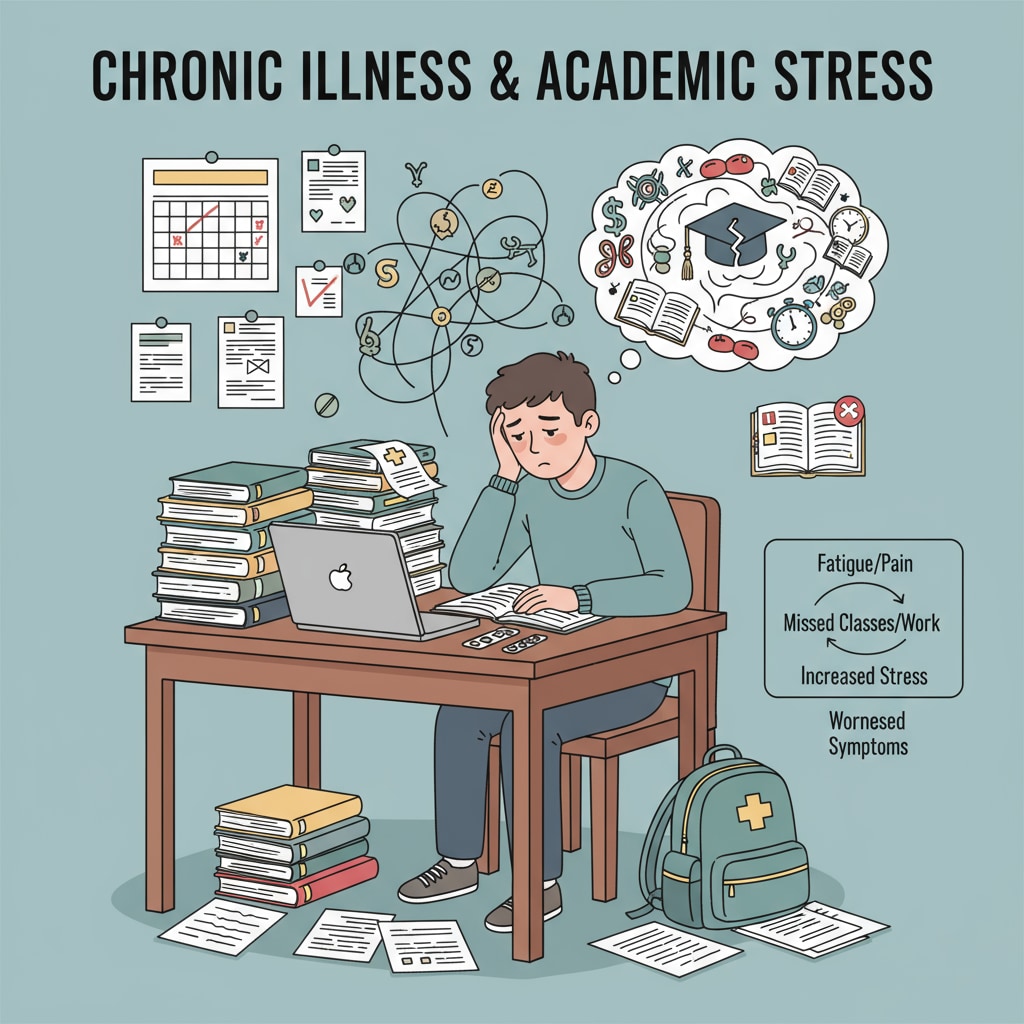Chronic diseases, high school graduation, and GED are crucial aspects when considering the educational journey of teenagers. For high school students battling chronic health issues, the path to graduation can be fraught with difficulties. However, alternative education routes like the General Educational Development (GED) offer a glimmer of hope.

The Impact of Chronic Diseases on High School Completion
Chronic diseases can significantly disrupt a high school student’s academic progress. For example, conditions such as asthma, diabetes, or autoimmune disorders often lead to frequent absences. According to CDC research on student absenteeism, students with chronic diseases miss more school days than their healthy peers. This loss of instructional time makes it challenging to keep up with the curriculum. In addition, the physical and mental fatigue associated with chronic illnesses can reduce a student’s concentration and motivation in the classroom.

Understanding the GED as an Alternative Solution
The GED is a recognized alternative to a traditional high school diploma. It consists of four subject tests: Reasoning Through Language Arts, Mathematical Reasoning, Science, and Social Studies. As stated on the official GED website, passing these tests demonstrates that a student has the same level of knowledge as a high school graduate. For students with chronic diseases, the GED provides flexibility. They can study at their own pace, whether it’s at home or in a study center, without the pressure of attending regular high school classes daily.
Moreover, preparing for the GED allows students to focus on key academic areas. This can be especially beneficial for those who have fallen behind in certain subjects due to their illness. They can allocate more time to strengthening their skills in areas where they need improvement.
In conclusion, chronic diseases present significant obstacles to high school students’ educational goals. However, through alternative education options like the GED, these students can overcome their health-related challenges and still achieve a form of high school equivalency. This not only opens doors to further education but also to future career opportunities. It’s essential that society continues to support and develop such alternative paths to ensure that no student is left behind due to chronic health issues. Readability guidance: This article uses short paragraphs to make the content easier to digest. Each section focuses on a key aspect of the topic, with clear explanations and examples. Transition words like ‘however’, ‘for example’, and ‘in addition’ are used to connect ideas smoothly.


